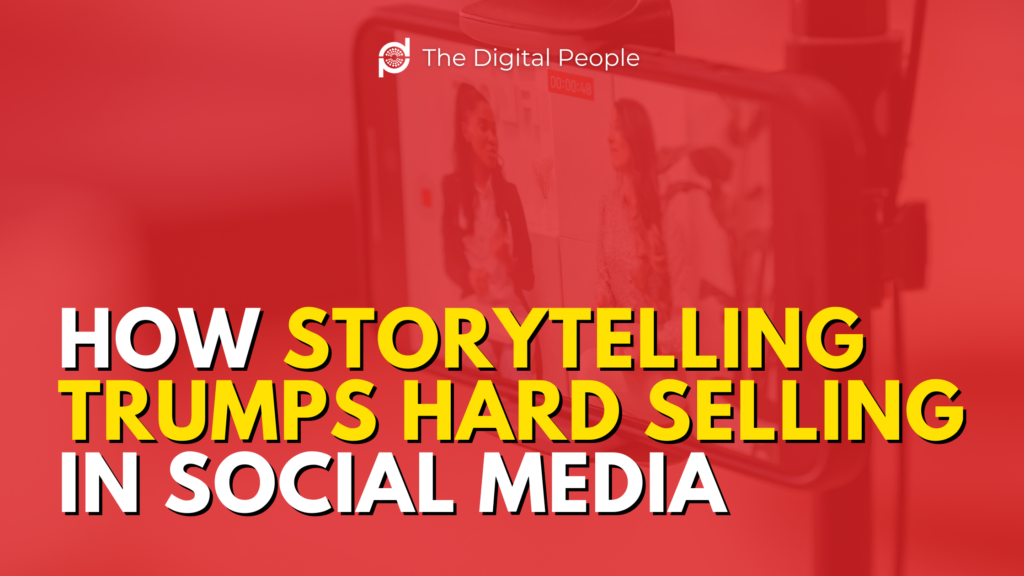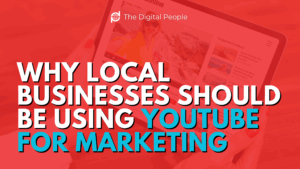Social media is flooded with brands pushing discounts, promotions, and “buy now” messages. But here’s the problem—people don’t log into Instagram or Facebook to be sold to. They’re looking for entertainment, connection, and value. That’s why storytelling is the secret weapon that outperforms traditional hard-selling tactics every time.
Why Hard Selling Falls Flat on Social Media
A hard sell is direct and transactional: “Buy this now!” or “Sign up today!” While this approach might work in search ads, it feels intrusive on social media, where people are scrolling to escape, engage, and be inspired.
Customers don’t want to feel like a walking credit card. They want to connect with brands that understand their needs, values, and aspirations. That’s where storytelling changes the game.
How Storytelling Creates Brand Loyalty
Storytelling taps into emotion, making your brand memorable. When done right, it helps potential customers see themselves in your brand’s journey—whether that’s overcoming a challenge, achieving success, or simply making life better.
1. Stories Build Trust and Authenticity
People trust people, not faceless brands. By sharing real stories—whether it’s customer testimonials, behind-the-scenes content, or personal experiences—you humanize your brand.
For example, a local coffee shop could post:
- A story about the family who founded the shop and their journey
- A heartfelt feature on a loyal customer’s daily ritual
- A behind-the-scenes video of employees handcrafting a new drink
These stories create an emotional connection that hard selling never will.
2. Stories Are More Shareable
Which post do you think gets more shares?
A) “Our new running shoes are 20% off today!”
B) “Meet Sarah. A year ago, she could barely jog a mile. Today, she’s training for her first marathon—thanks to the right pair of running shoes.”
Story-driven content is naturally more engaging. People share stories that resonate with them, increasing organic reach without spending more on ads.
3. Stories Make Your Brand Relatable
People don’t buy products—they buy solutions to their problems. When you use storytelling to show how your product or service fits into their lives, you remove the need for aggressive selling.
A skincare brand, for example, could post a before-and-after journey of someone gaining confidence through their product instead of just listing ingredients.
How to Use Storytelling in Your Social Media Strategy
- Highlight Customer Stories – Showcase real experiences through testimonials, interviews, or UGC (user-generated content).
- Share Your Brand’s Journey – Let people in on why you started, your mission, and what drives you.
- Use Video & Visuals – People engage with dynamic content like reels, behind-the-scenes clips, and Instagram stories.
- Create Emotional Hooks – Focus on real-life struggles and successes that your audience can relate to.
Final Thoughts
Social media is about relationships, not transactions. The brands that win aren’t the ones shouting “Buy now!” the loudest—they’re the ones telling stories that make people feel something. If your current social media strategy isn’t working, it may be time to stop selling and start storytelling.
Want to learn more? Read our blog, “Why Your Business Should Stop Trying to Go Viral.”




